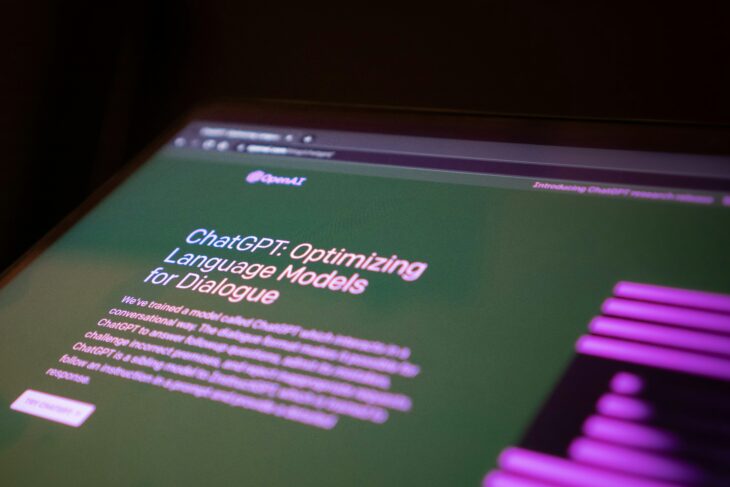Imagine you have an intelligent friend who knows a lot about many topics. You can ask them questions, and they’ll give you detailed and helpful answers. That’s what large language models like ChatGPT do, but instead of being human, they’re computer programs. Scientists train these large language models on huge amounts of text and other information stored in websites, articles, and databases.
When we visit a doctor for an illness, they often prescribe a combination of drugs to treat our symptoms. Similarly, doctors try to determine which drug combination will most effectively treat cancer patients. A combination of 2 or more medicines that works better than a single drug is called drug pair synergy.
Researchers have used artificial intelligence (AI) methods to predict drug pair synergy in common cancer tissues, such as breast or lung cancer. However, they haven’t investigated rare cancers like bone cancer using AI techniques due to limited experimental data stored in online databases and the challenge of organizing data from published papers.
A group of researchers in the USA tried to address the lack of AI studies on rare cancers using large language models. They used drug pair synergy data from 7 rare cancer tissues, including the pancreas, endometrium, liver, soft tissue, stomach, urinary tract, and bone, compiled from the DrugComb database. Their drug pair synergy data consisted of information about the names of drugs that had been used to treat these cancers, the type of cancer they were used to treat, and their drug pair synergy, scored as less than or greater than 5. A score of less than 5 meant that the combination of 2 drugs did not work well to treat the cancer, while a score of greater than 5 meant that the combination of 2 drugs worked better.
Initially, they trained their AI to understand whether the 2 drugs worked well based on their drug pair synergy scores. They prompted the AI with phrases like “Determine cancer drug combination synergy for the following drugs.” Then they experimented with additional prompts to generate one-word answers, and settled on “Decide in a single word if the synergy of the drug combination is positive or not.”
After this prompt, they used 80% of the drug pair synergy data they had compiled from rare cancers and common cancers like lung, skin, ovary, kidney, and breast cancers, as an input. For example, to determine how well 2 drugs called AZD1775 and azacitidine worked to treat bone cancer, they typed “The first drug is AZD1775. The second drug is AZACITIDINE. The tissue is bone. Synergy <5”. If the drug pair synergy score of these 2 drugs was greater than 5, they trained their model to output the word “positive,” meaning that the combination of 2 drugs effectively treats bone cancer. If the drug pair synergy score of these 2 drugs was less than 5, they trained their model to output the word “negative,” meaning that the combination of 2 drugs was not effective.
After training their AI, they used the same prompt and the remaining 20% of the drug pair synergy data from common and rare cancers as an input to test if their model could predict positive and negative drug pair synergy. They called their predictive AI model CancerGPT.
To evaluate how well CancerGPT performed, the researchers investigated how accurately it predicted positive and negative drug pair synergy of drug pairs for another 20% of the rare cancer tissue datasets. They found that the drug synergy predictions by CancerGPT were 90% accurate for liver cancer, 86% accurate for soft tissue cancers, and 81% accurate for endometrial cancer. They also reported that their model predicted with less than 70% accuracy in urinary tract, stomach, and bone cancer datasets.
The scientists concluded that CancerGPT is the first AI to predict drug pair synergy in rare cancer tissues. They suggested that this new tool could help biologists develop drug pairs to treat rare cancer types. It could also help researchers design and perform new drug pair synergy experiments faster and more cost-effectively. They suggested that researchers further test their model on drug pair synergy data of other infectious diseases to understand the advantages and accuracy of large language models in designing treatments.


